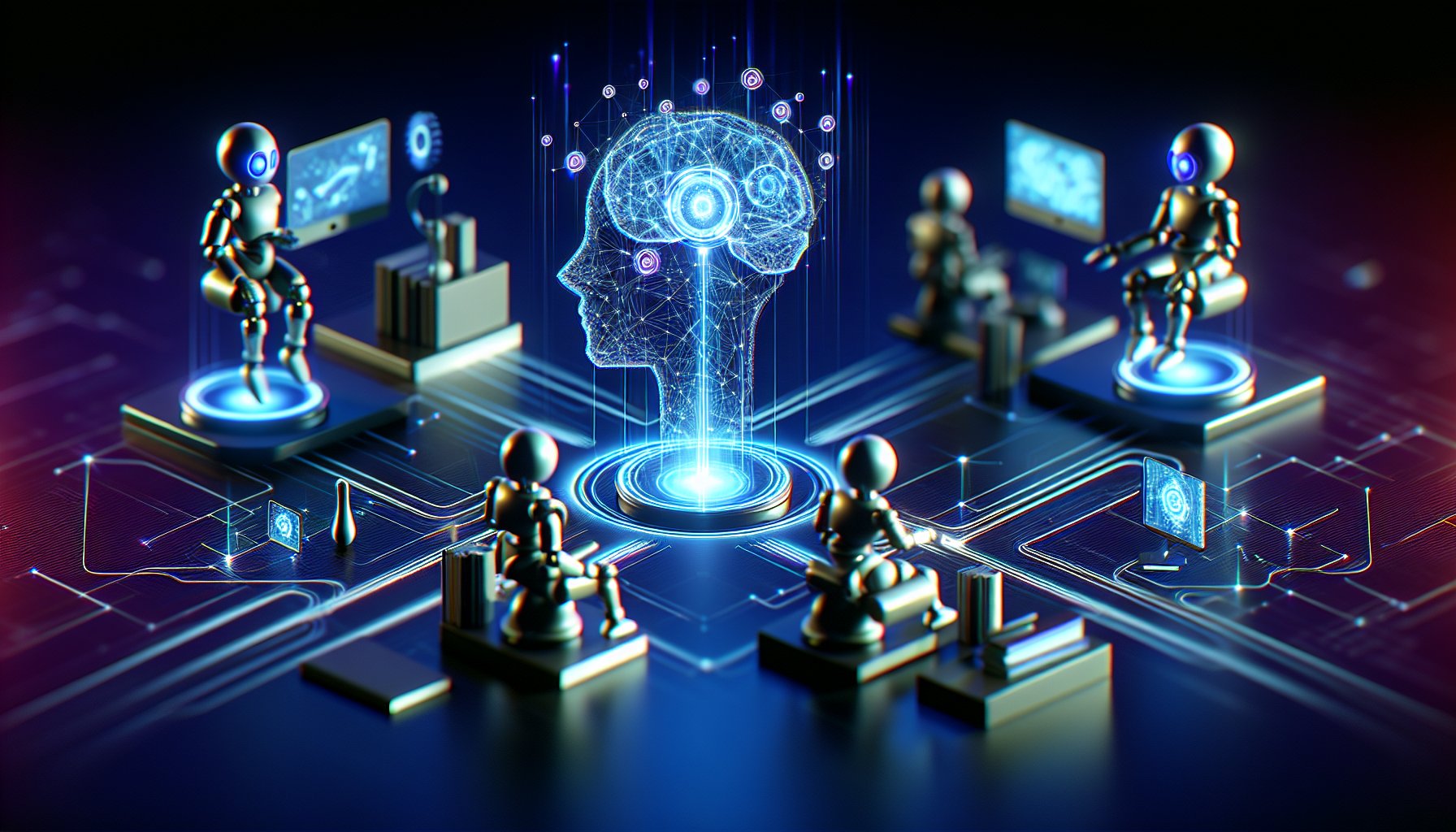Introduction
In the relentless pursuit of technological advancement, Agentic AI Workflows stand as the torchbearers of the future IT landscape. They are the perfect amalgamation of AI, autonomous systems, and cloud computing, sculpting the future of business operations and IT development. Dive into the world of Agentic AI Workflows and understand how they are setting new benchmarks in the realm of technological innovation.
Understanding Agentic AI Workflows
Agentic AI Workflows are autonomous systems powered by artificial intelligence and machine learning. They work independently, making intelligent decisions based on the input data and the learning obtained from past experiences. These workflows are designed to optimize various business operations, reduce human intervention, and enhance overall productivity.
The Core Components of Agentic AI Workflows
Artificial Intelligence
AI stands at the core of Agentic AI Workflows, facilitating intelligent decision-making based on predefined rules and algorithms. It enables the system to analyze complex data sets, extract insights, and make predictions, enhancing the accuracy and efficiency of operations.
Autonomous Systems
Autonomous systems empower Agentic AI Workflows to operate independently without any human intervention. These systems are capable of self-management, self-healing, and self-optimization.
Cloud Computing
Cloud computing provides the necessary infrastructure for Agentic AI Workflows. It offers scalability, flexibility, and accessibility, facilitating seamless integration and execution of AI workflows across different platforms and devices.
Benefits of Implementing Agentic AI Workflows
Agentic AI Workflows promise a plethora of benefits, including process optimization, cost reduction, improved accuracy, and enhanced decision-making capabilities. They eliminate the need for manual intervention in routine tasks, freeing up resources for more strategic initiatives.
Application of Agentic AI Workflows
Agentic AI Workflows find applications in a wide array of domains, including customer service, supply chain management, healthcare, and more. For instance, in customer service, these workflows can automate the resolution of common queries, improving customer satisfaction and reducing the workload on service agents.
Challenges and Solutions
Despite the numerous advantages, implementing Agentic AI Workflows is not without challenges. Data privacy, system integration, and the need for continuous learning and adaptation are some of the key hurdles. However, with the right strategies and tools, these challenges can be effectively addressed.
Conclusion
Agentic AI Workflows are the bedrock of the future IT landscape. They promise to revolutionize business operations and IT development with their intelligent, autonomous capabilities. As we venture further into this exciting realm, staying updated with the latest advancements and best practices in Agentic AI Workflows is paramount. Remember, the future is here, and it's time we embrace it with open arms.
